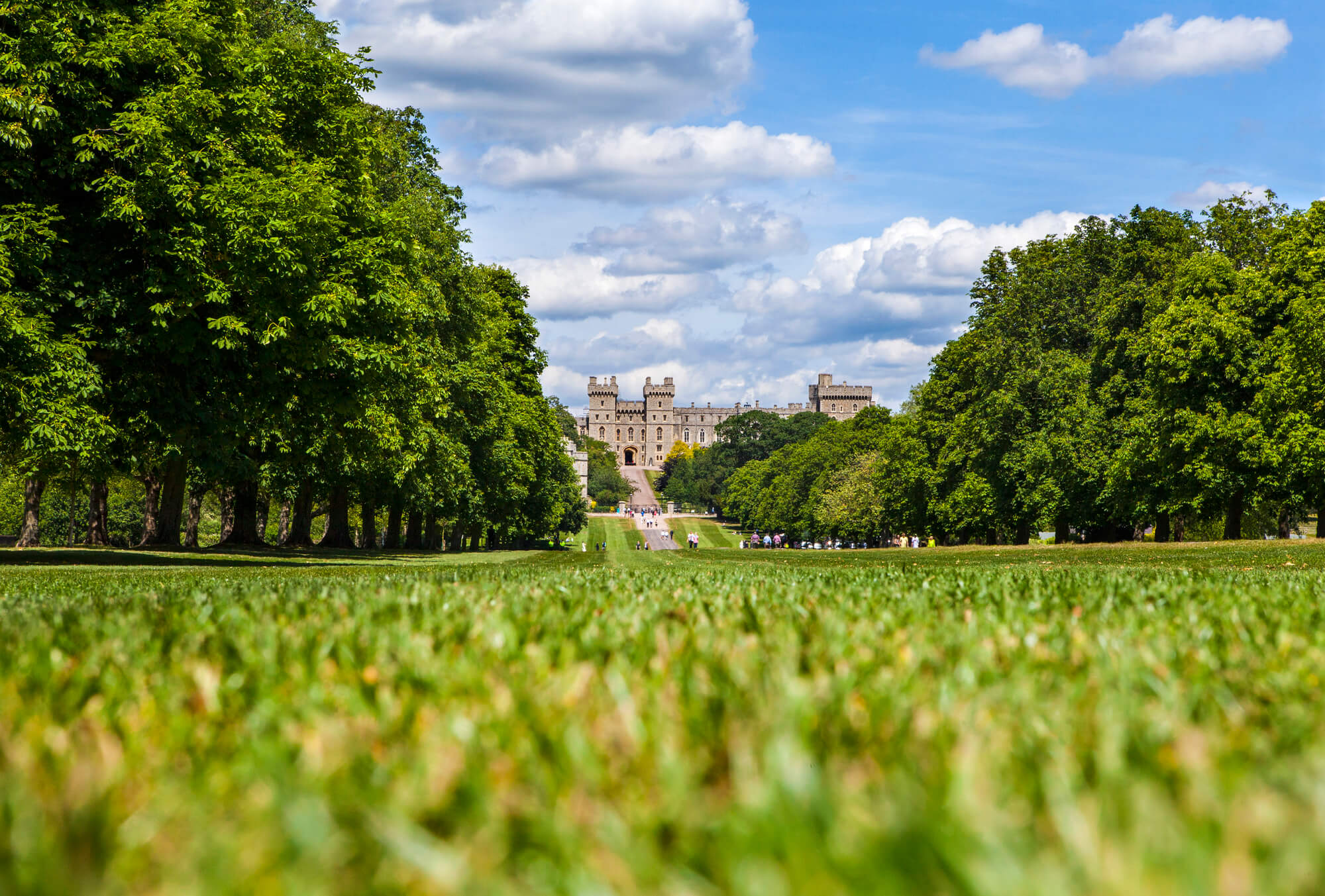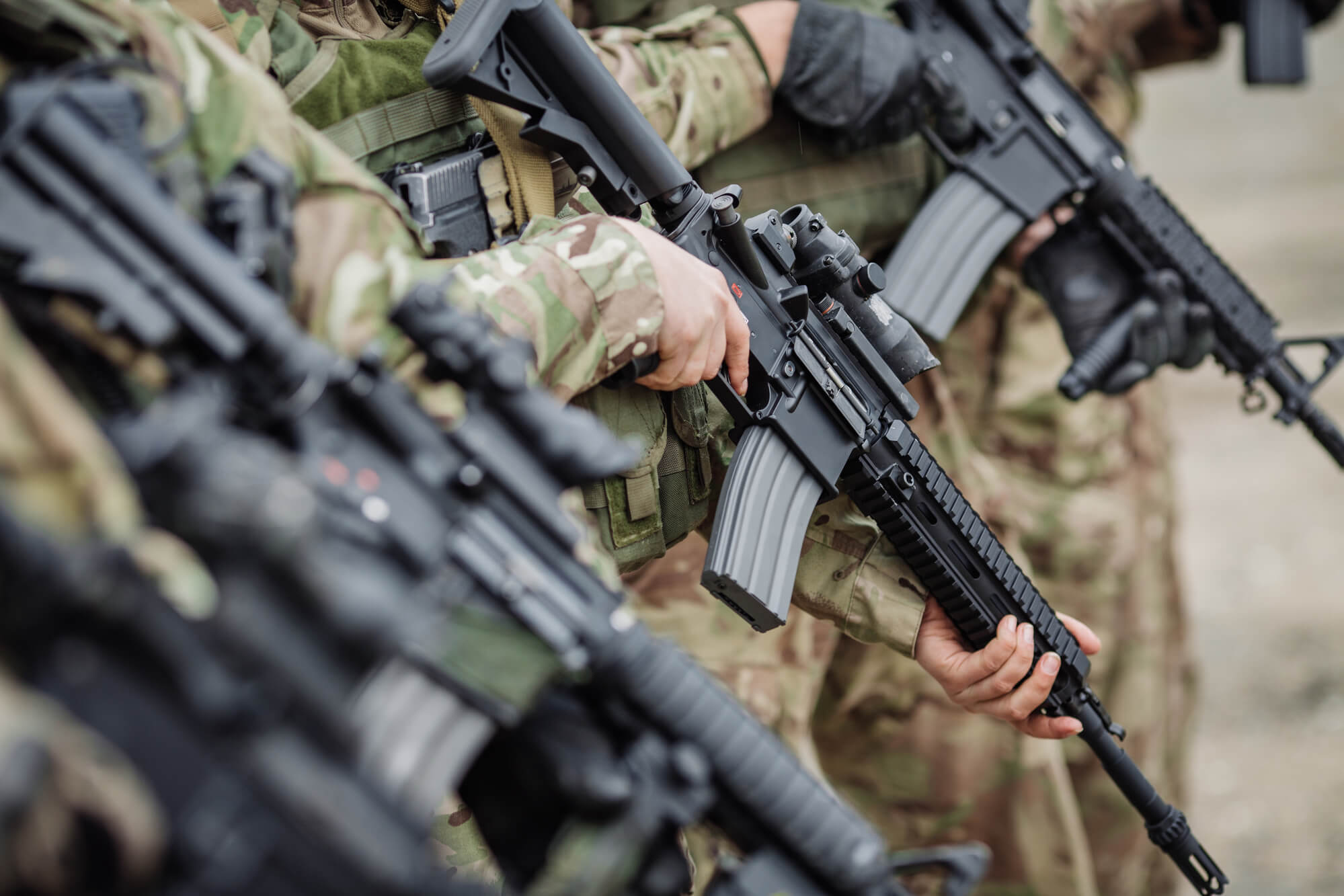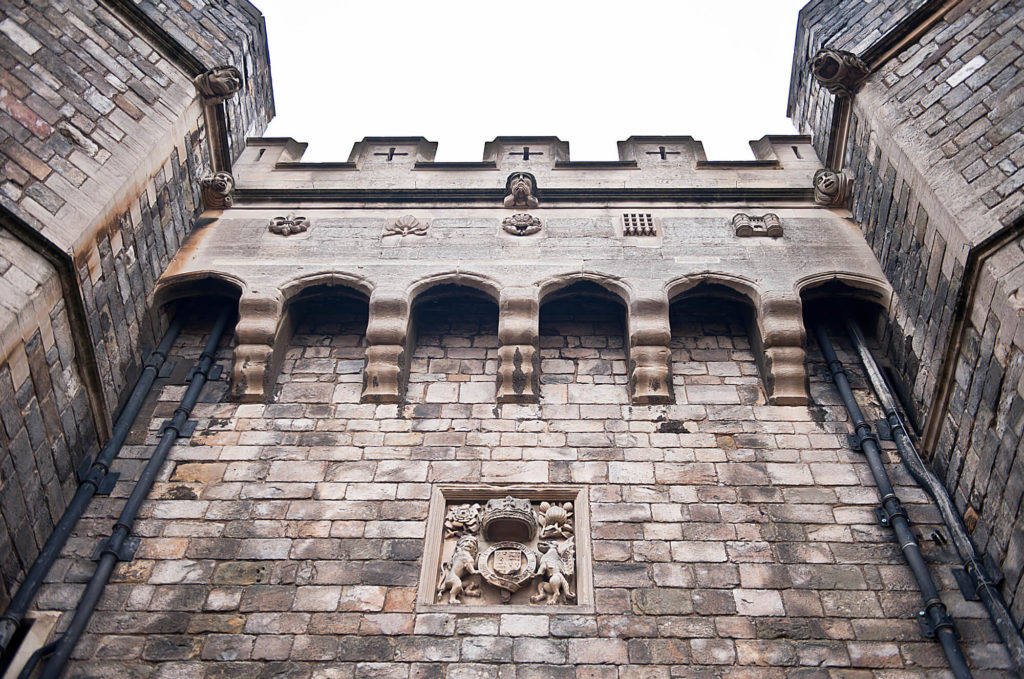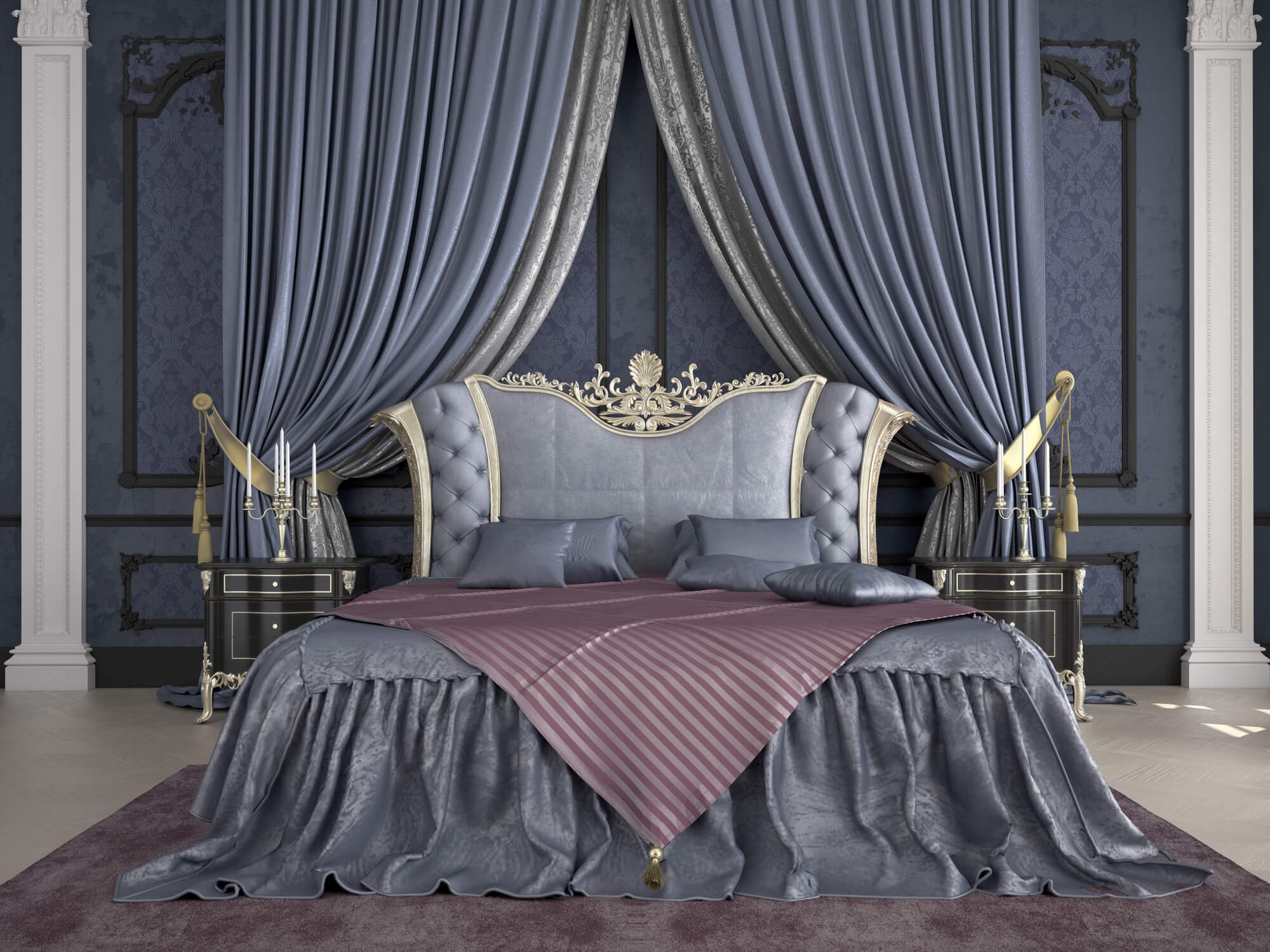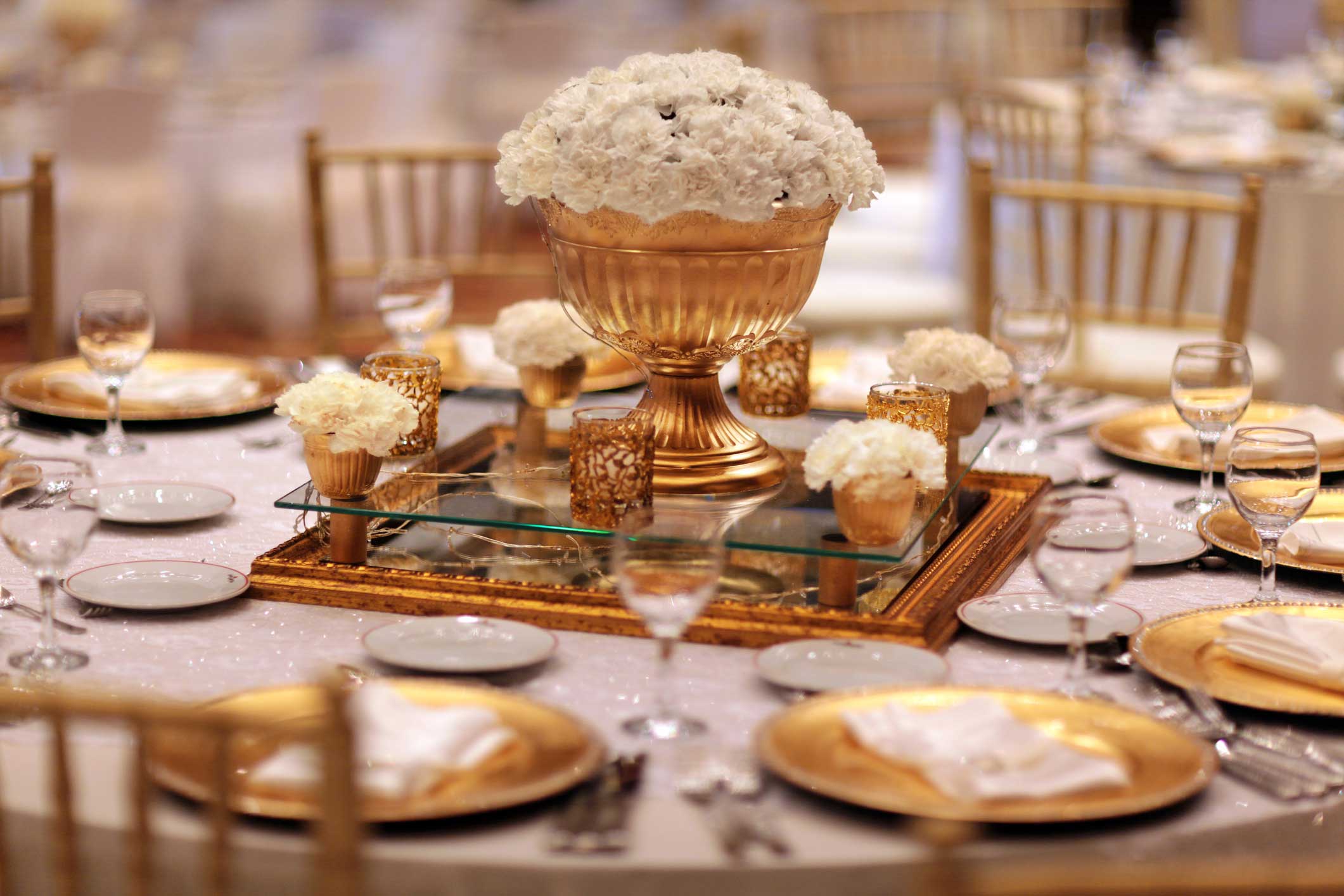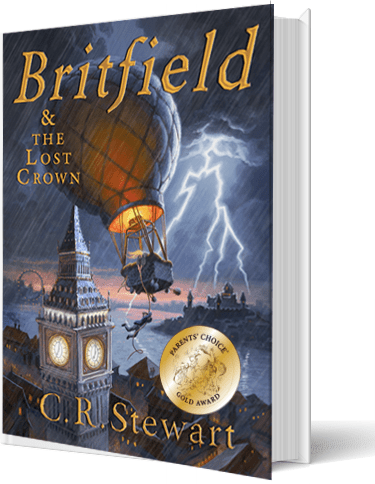Situated in
the town of Windsor, Berkshire, Windsor Castle was originally built by William the Conqueror following the Norman conquest of 1066. Since Henry I (1110-1135), it is the longest continuously occupied palace in Europe. Originally designed to protect Norman dominance around the outskirts of London, Windsor Castle was built as a motte-and-bailey, which was gradually replaced with stone fortifications. Henry III (1216-1272) built a luxurious royal palace within the castle, and Edward III (1313-1377) rebuilt the palace to create an even grander castle that became one of the most expensive building projects in England during the Middle Ages. Edward’s core design lasted through the Tudor period, during which Henry VIII (1509-1547) and Elizabeth I (1558-1603) used the castle as a royal court and center for diplomatic entertainment. Windsor Castle survived the English Civil War, when it was used as a military headquarters for Parliamentary forces and a prison for Charles I (1600-1649). During the 18th century, George III and George IV renovated and rebuilt Charles II’s palace at colossal expense, producing the current design of the State Apartments, full of Rococo, Gothic and Baroque furnishings. Queen Victoria (1819-1901) made a few minor changes, which became the center for royal entertainment for much of her reign.
By the time Tom and Sarah finished tightening the ropes, twenty well-armed royal guards had surrounded them: it took no more than sixty seconds from the balloon touching down to a security force being sent out. Make no mistake about these well-trained men; unlike the popular Beefeaters dressed in their colorful red and black suits and carrying long staffs, these men were wearing high-tech army gear and holding M-16 rifles. They would do anything to protect the Royals and Windsor Castle.
Sarah looked up. “Tom,” she whispered, her worst fears realized.
He glanced over and froze. “Not the welcome we hoped for,” he responded dispassionately. “Professor?”
As the commander aggressively approached the balloon, Hainsworth peacefully surveyed the situation.

